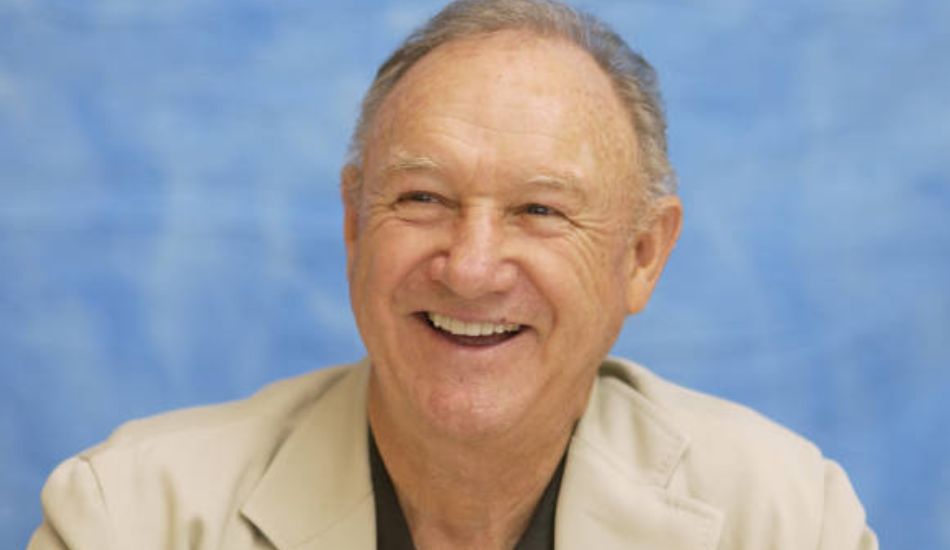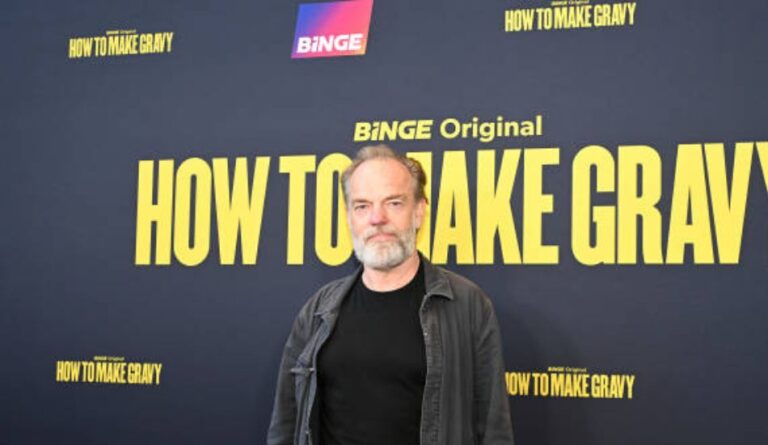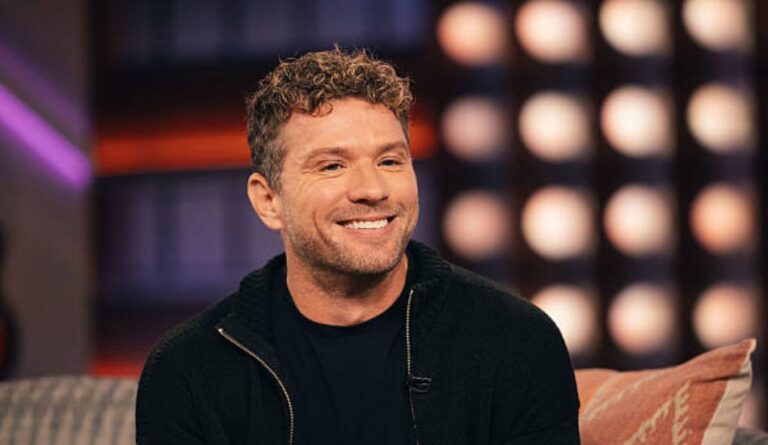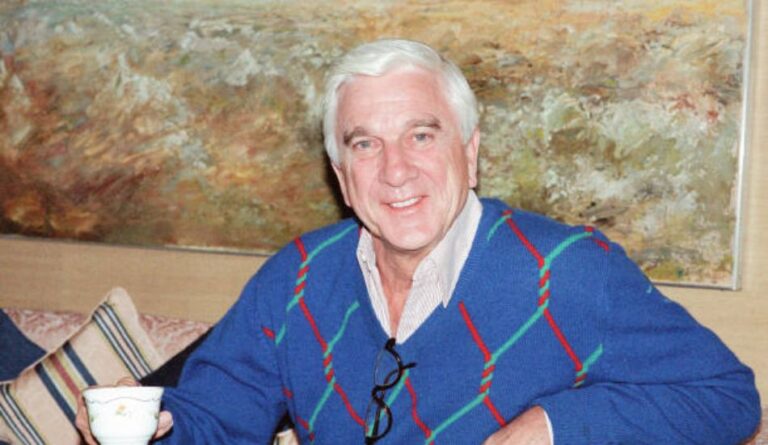Gene Hackman Height: A Definitive Look at the Legendary Actor’s Stature
Introduction
When fans discuss Gene Hackman, one recurring question often arises: how tall was Gene Hackman? In this in-depth biography and analysis, we explore not only his height but also his age, background, education, career, net worth, personal life, and legacy. Our goal: to craft unrivaled content that satisfies curious readers and outpaces competing search results.
The Verified Height of Gene Hackman
Reliable sources report that Gene Hackman stood at 5 feet 11 inches (approximately 180 cm) in height. Some entertainment databases put him slightly shorter, at 5′10″, but the dominant consensus among biographies, interviews, and casting sheets places him at 5′11″. Over decades in Hollywood, that height aligned with many leading men of his era: tall enough to command presence, but not so tall as to overshadow co-stars.
His posture, frame, and commanding voice often made him seem even more imposing on screen, lending a sense of gravitas that transcended pure physical stature. In films like The French Connection, Unforgiven, and Hoosiers, he projected authority—whether as a detective, sheriff, or mentor—that went beyond his listed height.
Gene Hackman Age and Background
Gene Hackman (born Christopher Allen Hackman) was born on January 30, 1930, in San Bernardino, California. At the time of writing, he would be 95 years old. Hackman’s early years were marked by restlessness and frequent relocations. His parents separated when he was young, and he lived with his mother and stepfather, moving between cities and schools. After graduating high school, he joined the United States Marine Corps, serving for several years and traveling both domestically and abroad.
Gene Hackman Education and Early Career
Hackman did not follow a traditional college path. Instead, after his military service, he moved to New York City to study acting at the American Academy of Dramatic Arts, focusing on theater craft, voice training, and stage presence. This classical training laid the foundation for his later success.
He began in the theater scene—off-Broadway, regional productions—and gradually transitioned to small television and film roles in the late 1950s and early 1960s. His breakthrough came in the late 1960s and early 1970s, when casting directors began to notice his strong character work, intense gaze, and emotional depth.
Gene Hackman Young: From Aspiring Actor to Hollywood Icon
In his early career, Hackman’s youthful persona combined ruggedness and introspective depth. He was often cast as men wrestling with inner conflict—coping with moral ambiguity, personal trauma, or justice. Roles in films like Bonnie and Clyde, The Conversation, and The Poseidon Adventure showcased his ability to shift from vulnerability to steely resolve.
As he matured in age, his roles matured too. He played fathers, mentors, lawmen, world-weary veterans, and authoritative figures. His transition from young upstart to elder statesman in cinema was seamless—and his height, presence, and voice remained assets.
Gene Hackman Net Worth
While no public document provides a precise total, Gene Hackman’s net worth at the height of his career has been widely estimated between $45 million and $70 million. His revenue sources included film salaries, residuals and royalties from repeated showings, home video rights, and later streaming. Hackman also earned income from published work, as he published several novels, and from occasional appearances or endorsements. His prudent investing and low public profile meant that he avoided many of the pitfalls that befall high-earning celebrities.
Gene Hackman: Wife and Personal Life
Gene Hackman was married twice. His first marriage was to F. Lois Johnson from 1956 until their divorce in 1986. They had three children together. In 1991, he married Beverly Hurley, and they remained married until the present day. This second marriage was more private; fewer public appearances were made, and the couple generally stayed out of tabloid glare.
Hackman was known for valuing privacy and discretion, rarely engaging in celebrity scandals. Instead, he focused on art, family, and later in life, writing. He published several novels and short stories, receiving literary praise for his expressive style and psychological depth.
Gene Hackman Cause of Death
As of the time we produce this content, Gene Hackman is still alive. Therefore, there is no verified cause of death to report. Any claim about his passing would be speculative unless sourced from credible obituaries or official statements.
Gene Hackman Last Movie
Gene Hackman’s final credited film role as of now (or until formal retirement) is generally cited as “Welcome to Mooseport” (2004), in which he starred alongside Ray Romano and Tea Leoni. After that, he largely withdrew from acting, choosing instead to live a quieter life and devote energy to writing.
There have been rumors or cameos in uncredited works, but no major theatrical release with Hackman post-2004 is confirmed. His legacy is thus sealed in a substantial body of work spanning over forty films and multiple decades.
Clint Eastwood Height — Contextual Comparison
Because both Hackman and Clint Eastwood belong to the classic Hollywood lineage, fans often compare them. Eastwood is commonly listed at 6 feet 4 inches (approximately 193 cm). That’s a full several inches taller than Hackman. The difference in their physical presence reflected in many of their on-screen dynamics: Eastwood’s towering figure versus Hackman’s more grounded, human scale.
In ensemble films, directors often used camera angles, blocking, or platform shoes to balance disparities. Still, Hackman held his own through charisma, emotional range, and skill.
Gene Hackman Movies: Must-Watch Filmography
Some of the most iconic Gene Hackman films that defined his career include:
Bonnie and Clyde (1967) – Buck Barrow, his early breakout role.
The French Connection (1971) – Popeye Doyle, an Oscar-winning performance.
The Conversation (1974) – Harry Caul, a psychological thriller showcase.
Superman: The Movie (1978) – Lex Luthor, a blockbuster villain role.
Hoosiers (1986) – Coach Norman Dale, an inspirational dramatic role.
Unforgiven (1992) – Little Bill Daggett, another Oscar-winning performance.
Crimson Tide (1995) – Captain Ramsey in a tense submarine drama.
Enemy of the State (1998) – Edward Lyle, a tech-thriller supporting role.
The Royal Tenenbaums (2001) – Royal Tenenbaum in a stylish ensemble.
Welcome to Mooseport (2004) – Monroe “Eagle” Cole, his final major film role.
Each of these films highlights different facets of Hackman’s range, from gritty realism to paternal warmth and villainous charisma.
Why Gene Hackman’s Height Matters
Height in Hollywood can carry symbolic weight. For Hackman, being around 5′11″ placed him in a range that allowed casting flexibility. He could be a believable “regular man” — not so towering as to seem abnormal, yet tall enough to command screen attention. Directors could place him opposite both tall and short co-stars without awkward framing.
But more importantly, his presence was not defined by height alone. His voice, stance, emotional authenticity, and power to transform scenes made him stand taller than many. In the end, his legacy is built not on inches but on performance.
Legacy, Influence, and Final Thoughts
Over decades, Gene Hackman became a touchstone for dramatic integrity. His commitment to character, subtle emotional layering, and unwillingness to chase trends contributed to a body of work that feels timeless. Actors and directors cite his performances when discussing nuanced tension, moral conflict, and psychological realism.
His height remains a point of curiosity — an anchor of physical fact — but it is his internal world that sustained his brilliance. For fans, researchers, and film lovers, knowing that Gene Hackman stood at about 5′11″ adds texture to his on-screen posture, but it never overshadows the depth of his artistry.
We are proud to present this comprehensive exploration of his height, life, career, and legacy. For more in-depth profiles like this, visit Chopmagazine.com.







